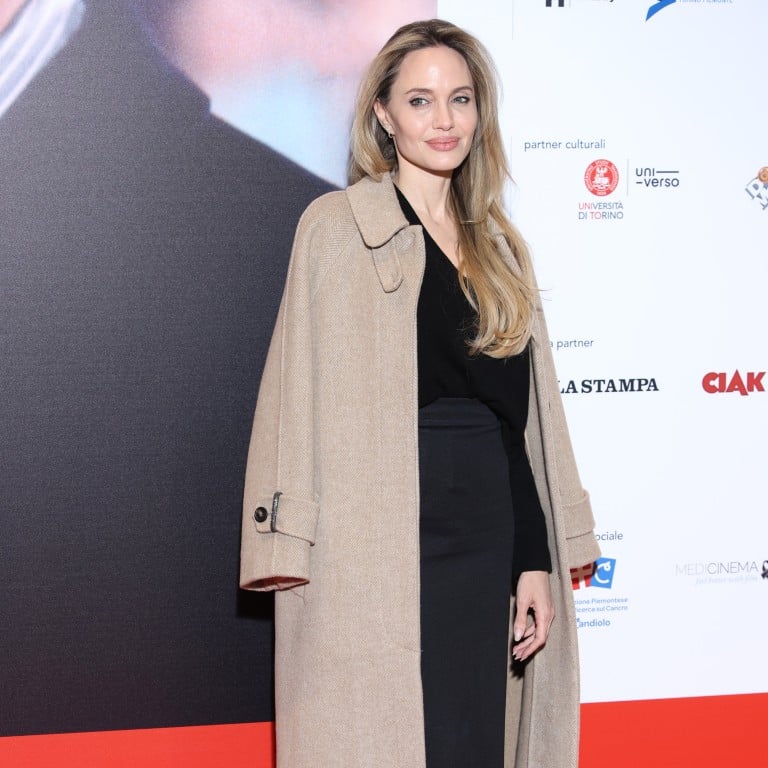Why celebrities have embraced the camel coat, from Marilyn Monroe and Jackie Kennedy to Angelina Jolie, while brands like Max Mara and Brunello Cucinelli have made it an iconic piece

British brand Jaeger introduced coats made of camel hair in 1919, when wool was hard to come and today it is a wardrobe staple, which Max Mara creative director Ian Griffiths refreshes every season
When you think of it, could there be an item of clothing that says “star power” any more unequivocally than a camel coat?

To be fair though, the camel coat – which was originally practical and utilitarian, beginning with British brand Jaeger introducing coats made from camel hair in 1919, when wool was hard to come by post World War I – has always been an elegantly understated piece.
Even a high street one in a good fabric – if not wool or cashmere, then a very considered blend – will make you look expensive. For both men and women it brings instant polish – especially so with an ankle-skimming one – and can be thrown over practically anything to achieve this effect.

Max Mara has been synonymous with the camel coat since the brand’s founder, Achille Maramotti, introduced a take on a long-time menswear staple in the 50s – subverting notions of power and masculinity, and redefining chicness in the process.
In 1981 designer Anne-Marie Beretta introduced what would become the brand’s iconic 101801 coat. The instantly recognisable take on a men’s Ulster coat – oversized, double breasted with kimono-style sleeves in wool and cashmere – has remained a constant, and covetable, piece in the brand’s history.
Long-time Max Mara creative director Ian Griffiths is tasked with reinterpreting the Italian fashion house’s famous coat each season.





